
About Kargil Vijay Diwas:
- It is celebrated on July 26 every year.
- The day commemorates the victory of the Indian armed forces in the Kargil War fought against Pakistan.
- The day is observed to pay tribute and honour the bravery and sacrifice of the soldiers in the war of 1999.
- The year 2023 marks the 24th anniversary of Kargil Vijay Diwas.
Key Facts about Kargil War:
- It was fought between India and Pakistan at the Line of Control (LoC)in the Kargil district of Jammu and Kashmir.
- Surprise Attack:
- The Kargil War was an unexpected intrusion by Pakistani forces into Indian territory.
- They occupied key vantage points in the Kargil region, leading to intense military engagements.
- Codename Operation Vijay: The Indian Army fought bravely and recaptured the famous 'Tiger Hill' and other important posts around under 'Operation Vijay' by evicting the Pakistani troops in the 1999 Kargil War.
- High Altitude Warfare: It was fought at extreme altitudes, with some of the battlegrounds reaching heights of over 18,000 feet.
- Duration: It lasted for approximately three months.
- Armaments:
- The Indian Army employed heavy artillery, air power as well as major infantry operations during the Kargil War.
- In a first, the Indian side used the Bofors FH-77B howitzers to shoot down enemy positions nested at top of the mountains.
- Israel provided their Unmanned Aerial Vehicles (UAVs) to India during the conflict.
- Live on TV: It was the first ever war to be broadcasted live on TV channels in India.
- The End of Conflict: The war came to an end on July 26, 1999, when India successfully pushed back the Pakistani forces from the occupied positions.
- Casualties: As per official figures, around 500 Indian soldiers laid down their lives while at least 1,000 Pakistani troops were also killed.
- It was the last war that happened between India and Pakistan.

About Panama Canal:
- It is a constructed waterway that connects the Atlantic and Pacific oceans across the Isthmus of Panama.
- It is one of the two most strategic artificial waterways in the world, the other being the Suez Canal.
- It is approximately 80 kilometres long.
- The canal was built by the United States between 1904 and 1914, and it was officially opened on August 15, 1914.
- It is owned and administered by the Republic of Panama since the oversight of the Canal was transferred from the United States to Panama in 1999.
- The Panama Canal consists of a series of locks that raise and lower the water level to facilitate the passage of ships through the continental divide.
What is an Isthmus?
- An isthmus is a narrow strip of land connecting two larger land masses which is bounded by water on two sides.
- The word has its origins from the Greek word isthmós which means “neck.”
- Two notable isthmuses are the Isthmus of Panama which separates the continents of North America and South America and the Isthmus of Suez which divides Africa from Asia.
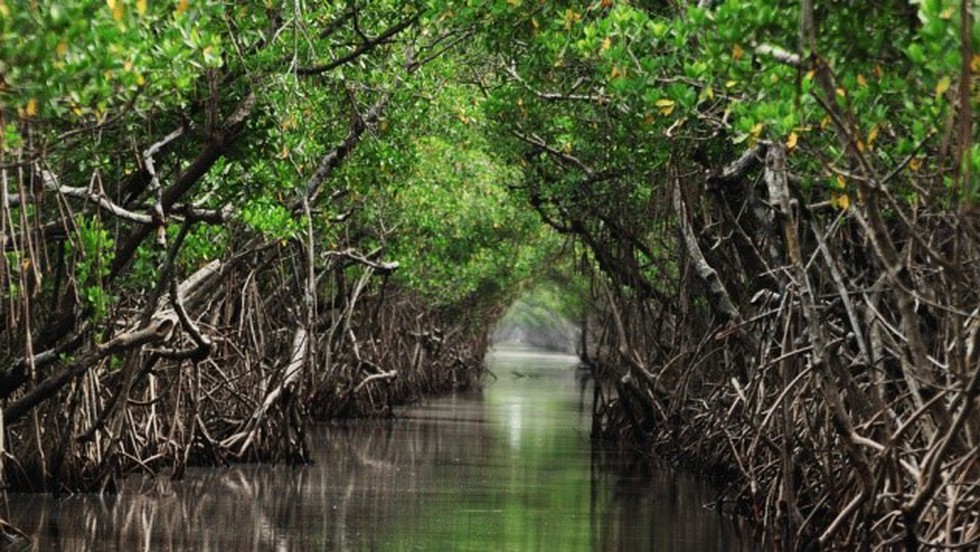
About International Day for the Conservation of the Mangrove Ecosystem:
- It is celebrated every year on July 26.
- This International Day was adopted by the General Conference of the UN Educational, Scientific and Cultural Organization (UNESCO) in 2015.
- Purpose: To raise awareness of the importance of mangrove ecosystems as “a unique, special and vulnerable ecosystem” and to promote solutions for their sustainable management, conservation and uses.
What are Mangroves?
- Mangroves are unique coastal ecosystems found in tropical and subtropical regions around the world.
- They are characterized by dense, salt-tolerant trees and plants that thrive in the intertidal zones, where land and sea meet.
- They are typically found in sheltered coastal areas, estuaries, lagoons, and tidal flats, where they play a crucial role in maintaining the balance of the ecosystem.
- Some common species of mangrove trees include the Red Mangrove (Rhizophora spp.), Black Mangrove (Avicennia spp.), White Mangrove (Laguncularia racemosa), and the Buttonwood (Conocarpus erectus).
- Features:
- Respiratory or knee roots:
- They have specialized adaptations to cope with high salt levels in both the soil and water, such as unique root systems called "prop roots" or "pneumatophores" that help with gas exchange in waterlogged soils.
- They project above the mud and have small openings (lenticels) through which air enters, passing through the soft spongy tissue to the roots beneath the mud.
- They can survive extreme weather conditions and require low oxygen levels to survive.
- They cannot survive freezing temperatures and thus are found mainly in tropical and subtropical latitudes.
- Mangrove forests can store ten times more carbon per hectare than terrestrial forests.
- They can store carbon up to 400 per cent faster than land-based tropical rainforests.
- Mangroves improve water quality by filtering pollutants and trapping sediments from the land, and they reduce coastal erosion.
- Respiratory or knee roots:
Mangroves in India:
- India contributes to nearly half of the total mangrove cover in South Asia.
- According to the India State of Forest Report, 2021, the mangrove cover in India is 4,992 square km, which is 0.15 per cent of the country's total geographical area.
- West Bengal has the highest percentage of mangrove cover in India, mainly because it has Sundarbans, the largest mangrove forest in the world. It is followed by Gujarat and Andaman, and Nicobar Islands.
- Other states that have mangrove cover are Maharashtra, Odisha, Andhra Pradesh, Tamil Nadu, Goa and Kerala.
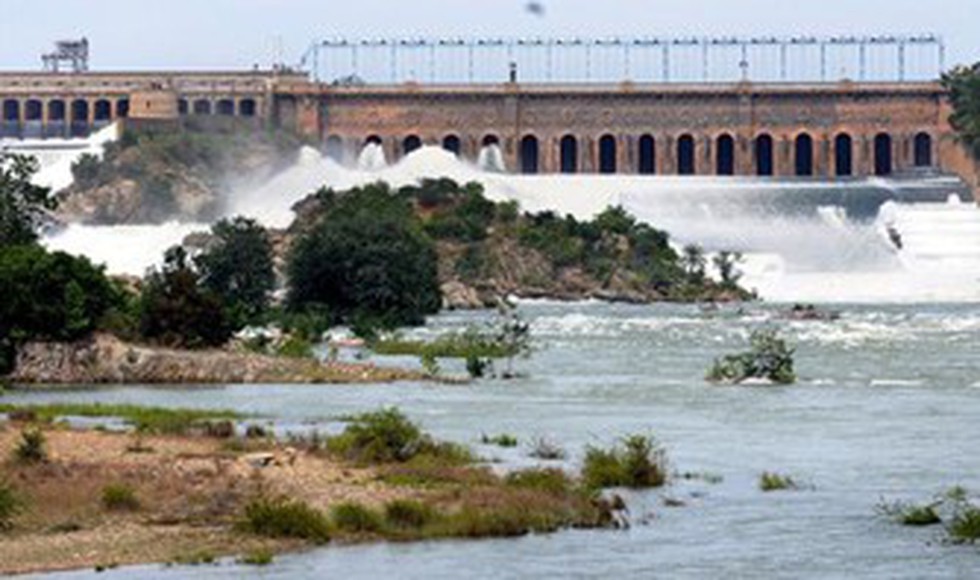
About Krishnaraja Sagar (KRS) Dam:
- It is a type of gravity dam.
- Location: It is located below the confluence of river Kaveri with its tributaries, Hemavati and Lakshmana Tirtha, in the district of Mandya in Karnataka.
- Usage:
- The water from the Dam is used for irrigation in Mysore and Mandya and is the main source of drinking water for Mysore, Mandya and Bengaluru city.
- It also ensures power supply to the Shivanasamudra hydroelectric power station.
- The water released from this dam flows into the state of Tamil Nadu and is stored in the Mettur dam in the Salem district.
- History:
- The dam was constructed during the rule of the Maharaja of Mysore, Krishnaraja Wadiyar IV, and it was named in his honour.
- The construction of the KRS Dam began in 1911 and it was completed in 1931.
- The dam was designed by Sir M. Visvesvaraya, a famous Indian engineer.
- Features:
- It was built using a mixture of surki mortar and limestone.
- It is 2,621 meters (8,600 ft) long and 40 meters (130 ft) high.
- It has arch type 177 Iron sluices, and some of them have automatic doors.
- Its reservoir is about 130 Sq. Kms, which was the largest in Asia at the period when it was built.
- Brindavan Gardens, an ornamental garden, is attached to the dam.
Key Facts about Kaveri river:
- Kaveri, also spelt Cauvery, is a sacred river of southern India. It is known as the Ganga of South India.
- Origin: It rises on Brahmagiri Hill of the Western Ghats in southwestern Karnataka state.
- It flows in a southeasterly direction for 765 km through the states of Karnataka and Tamil Nadu and descends the Eastern Ghats in a series of great falls.
- The Cauvery basin extends over the states of Tamil Nadu, Karnataka, Kerala and the Union Territory of Puducherry.
- The river drains into the Bay of Bengal at Poompuhar in the Mayiladuthurai district of Tamil Nadu.
- Major left bank tributaries: Harangi, the Hemavati, the Shimsha and the Arkavati.
- Major right bank tributaries: Lakshmantirtha, the Kabbani, the Suvarnavati, the Bhavani, the Noyil and the Amaravati
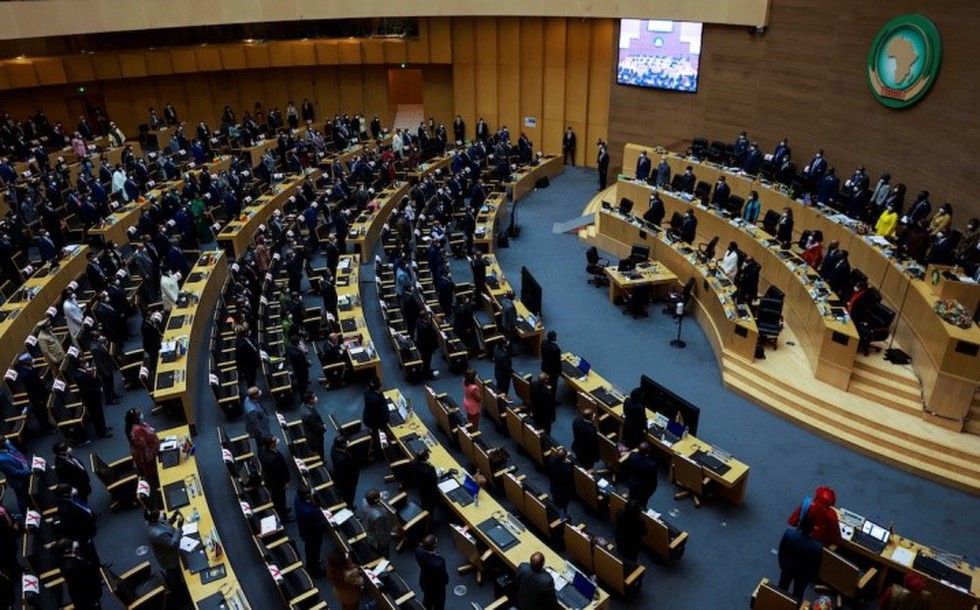
About African Union (AU):
- The African Union (AU) is a continental body consisting of the 55 member states that make up the countries of the African Continent.
- It was officially launched in 2002 and replaced its predecessor, the Organization of African Unity (OAU), which was founded in 1963.
- Primary Objective: To promote unity, cooperation, and development among African nations while advancing the continent's interests on the global stage.
- It aims to strengthen political, economic, and social integration among African countries, with a vision of achieving an integrated, prosperous, and peaceful Africa.
- Headquarters: Addis Ababa, Ethiopia
- Structure:
- Assembly: It is the highest decision-making body, consisting of the heads of state and government of member countries.
- Executive Council: Made up of foreign affairs ministers, handles policy matters and makes recommendations to the Assembly.
- AU Commission: Headquartered in Addis Ababa, is the administrative arm responsible for implementing the decisions of the Assembly and the Executive Council.
- The Peace and Security Council: Responsible for maintaining peace and security on the continent.
- The AU structure promotes the participation of African citizens and civil society through the Pan-African Parliament and the Economic, Social & Cultural Council (ECOSOCC).
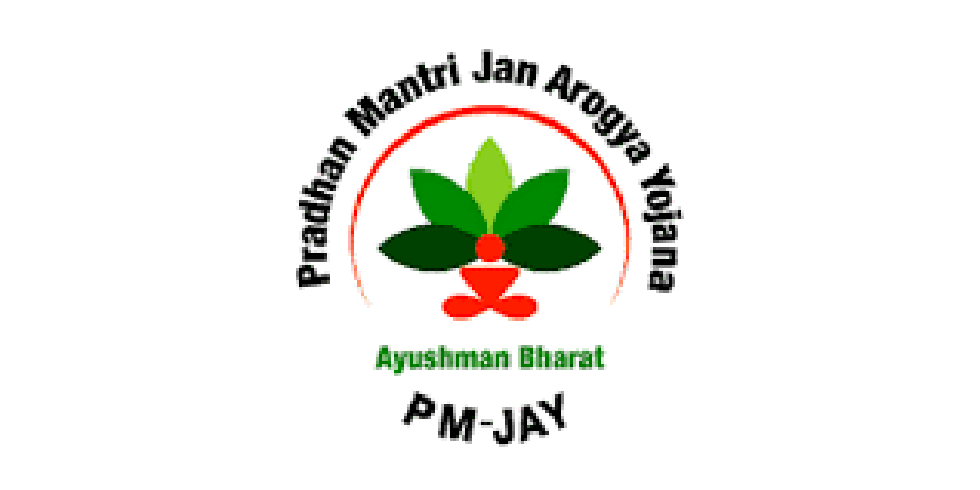
Why in news?
- Out of 27,000 hospitals empanelled for Ayushman Bharat Pradhan Mantri Jan Arogya Yojana (PM-JAY) since its 2018 launch, only 18,783 remain active, the latest health ministry data showed.
About Pradhan Mantri Jan Arogya Yojana:
- It is the world’s largest health insurance/ assurance scheme fully financed by the government.
- The households included are based on the deprivation and occupational criteria of Socio-Economic Caste Census 2011 (SECC 2011) for rural and urban areas respectively.
- It provides a cover of Rs. 5 lakhs per family per year for secondary and tertiary care hospitalization across public and private empanelled hospitals in India.
- It provides cashless access to health care services for the beneficiary at the point of service, that is, the hospital.
- There is no restriction on the family size, age or gender.
- Benefits of the scheme are portable across the country i.e.; a beneficiary can visit any empanelled public or private hospital in India to avail cashless treatment.
- The scheme being implemented by the National Health Authority.

About Miocene epoch:
- The Miocene was a long-lasting epoch in which the earth's climate rebounded from the cooling of the Oligocene and there was a marked increase in both global temperatures and the total number of mammal species.
- It is often divided into the Early Miocene Epoch(23 million to 16 million years ago), the Middle Miocene Epoch (16 million to 11.6 million years ago), and the Late Miocene Epoch (11.6 million to 5.3 million years ago).
- What changes occurred during this period?
- India collided with Asia, causing a massive upthrust of the Asian continent that created the Tibetan plateau and the Himalayas.
- As Africa moved northwards to link with Europe, the Tethys Sea, a vast seaway that once existed between the two continents Europe and Africa, disappeared.
- As the Miocene progressed, the earth began to cool once more; the climate became more arid and mammalian diversity began to decrease again.
- Grasslands underwent a major expansion in the early Miocene and mammalian herbivores, including rhinos, and many artiodactyls, had to evolve a variety of new adaptation to cope with the more open and arid habitats and coarser vegetation.
- Miocene fossils are abundant in Africa, while there are very earlier fossils from that continent.
- The drop in sea levels during the Miocene associated with the growth of polar ice caps led to the first exposure of what is now Florida in the Miocene.
- In the oceans, the Miocene was a time of changing circulation patterns, probably due to global cooling.
- Patterns of oceanic nutrient distribution changed, leading to increased productivity in some regions and decreased productivity in others.
- The Miocene was a time of accelerated evolution among marine plankton and molluscs, many groups showing increases in biological diversity.
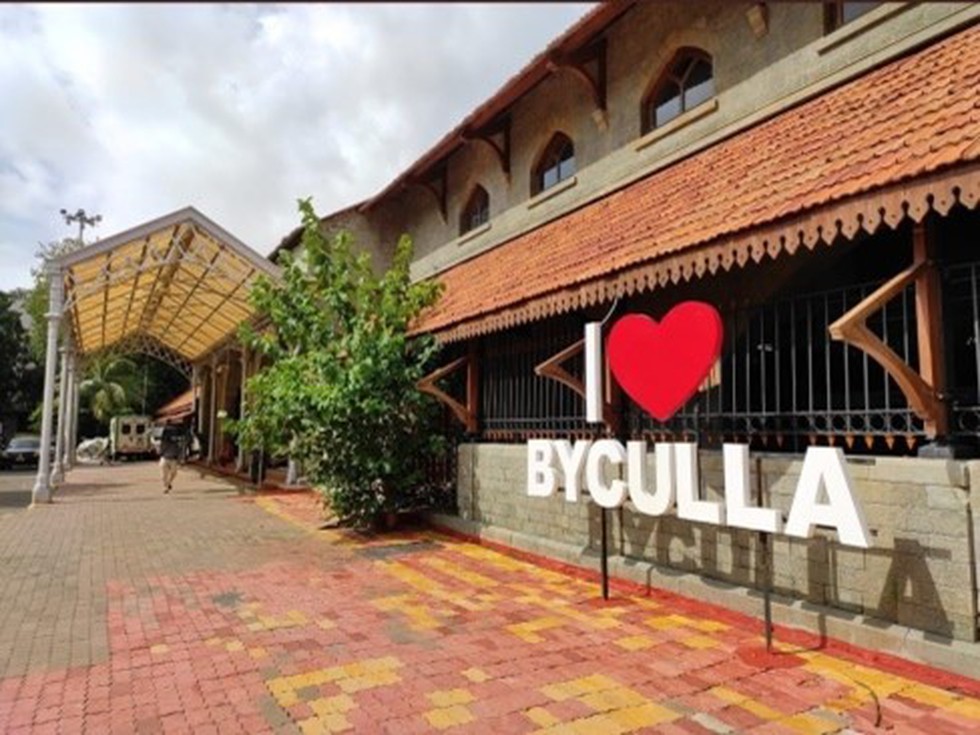
About UNESCO’s Asia Pacific Cultural Heritage award
- The UNESCO Asia-Pacific Awards for Cultural Heritage Conservation is supported by a partnership between UNESCO and Ng Teng Fong Charitable Foundation since 2021.
- UNESCO introduced the new category, ‘Special Recognition for Sustainable Development’, in 2020, together with an updated set of Awards Criteria.
- It is to acknowledge the role and contribution of cultural heritage to sustainable development within the broader framework of the UN 2030 Agenda.
- Since 2000, UNESCO Asia-Pacific Awards for Cultural Heritage Conservation have been recognizing the achievement of the private sector and public-private initiatives in successfully conserving or restoring structures, places and properties of heritage value in the region.
Key facts about Byculla Railway station
- It was originally built in 1853.
- The first train of the country passed through Byculla station almost one-and-a-half centuries ago.
- It has been restored to its original Gothic, heritage, architectural glory.
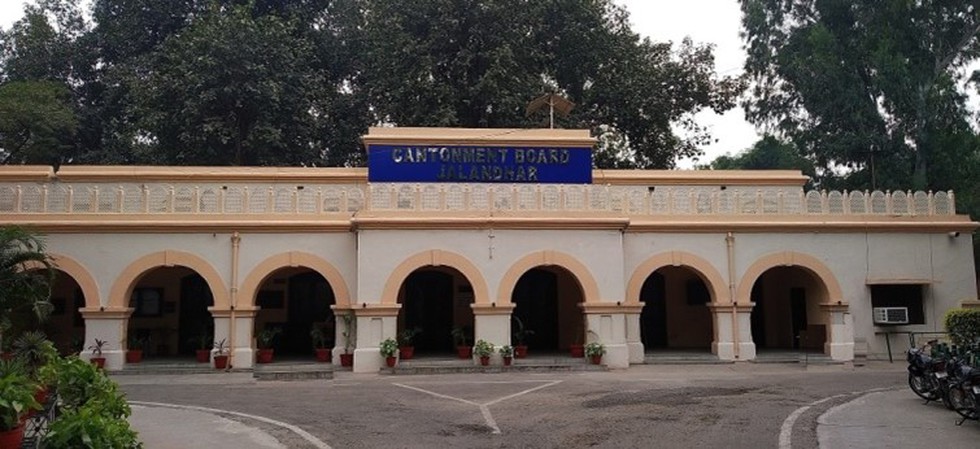
About Cantonment Board:
- It is an organization established to administer and manage the civilian population living in cantonment areas.
- It operates in accordance with the provisions of the Cantonment Act of 2006 and falls under the jurisdiction of the Union Defence Ministry.
- The boards comprise elected representatives as well as ex-officio and nominated members as per the Cantonments Act, 2006.
- Composition of the board
- A cantonment board consists of eight elected members, three nominated military members, three ex-officio members (station commander, garrison engineer and senior executive medical officer), and one representative of the district magistrate.
- The station commander of the cantonment is the ex-officio president of the board and an officer of the Indian Defence Estates Service (IDES) or Defence Estates Organisation is the chief executive officer and member-secretary of the board.
- The boards have a term of five years.
- The boards are classified into four categories depending on their size and population.
- Category I cantonments are those with populations above 50,000;
- Category II between 10,000 and 50,000;
- Category III between 2,500 and 10,000,
- Category IV with populations below 2,500.
- There are a total 66 cantonment boards are present in India.
- A cantonment differs from a military station—the latter is exclusively devoted to the use and accommodation of military personnel and is established under an executive order.
- The cantonment, on the other hand, is an area that comprises both military and civilian populations.

About STARFIRE Algorithm:
- It is called as the Simulation of TerrestriAl Radio Frequency Interference in oRbits around Earth (STARFIRE) algorithm.
- Advantages of this model
- It can estimate the Radio Frequency Interference emitted by FM radio stations, Wi-Fi networks, mobile towers, radar, satellites, and communication devices, and use this calculation for designing and fine-tuning the antennas.
- It is capable of estimating and mapping the unwanted Radio Frequency Interference (RFI) signals in space.
- It can help design instruments that are capable of offering optimal operations in the presence of RFI and thereby, enriches the data obtained from the future space-based Astronomy missions.
- This algorithm can also be handy in orbit selection for future missions.
- The scientists used information on the FM transmitter stations from six countries in the world. Data from Canada (number of stations - 8,443), USA (28,072), Japan (Tokyo - 21), Australia (2,664), Germany (2,500), and South Africa (1,731) were used as inputs for developing this model.
What is Radio Frequency Interference?
- It is the conduction or radiation of radio frequency energy that causes an electronic or electrical device to produce noise that typically interferes with the function of an adjacent device.
- It also refers to the disruption of the normal functionality of a satellite due to the interference of radio astronomy.
- This interference can disrupt and disturb the normal functioning of electronic and electrical devices, and thus it is important to limit it when possible.


.png)

.png)
























































































































































.png)
.png)
.png)
.png)
.png)


.png)
.png)
.png)





.png)
.png)






.png)
.png)
.png)
.png)
.png)
.png)
.png)
.png)
.png)

.png)







.png)
.png)


.png)
.png)
.png)


.png)

.png)
.png)





.jpg)

.png)
.png)


.png)

.png)
.png)
.png)

.jpg)

.jpg)


.png)

.png)
.png)
.png)
.png)
.png)
.png)
.png)
.png)



.png)

.png)





.png)
.png)
.png)
.png)
.png)
.png)
.png)
.png)
.png)
.png)
.jpg)
.jpg)

.png)
.png)
.png)
.png)
.png)
.png)
.png)
.png)
.png)
.png)
.png)
.png)
.png)
.png)
.png)
.png)
.png)
.png)
.png)
.png)
.png)
.png)



.png)
.png)

.jpg)
.jpg)


.jpg)
.jpg)
.jpg)
.jpg)
.jpg)

.jpg)








.jpg)
.jpg)
.jpg)
.jpg)
.jpg)

















.jpg)
.jpg)







.jpg)


















.jpg)
.jpg)






























































































.jpg)
.jpg)


























.jpg)

.jpg)










.jpg)








.jpg)




.jpg)










.jpg)


















.jpg)












































.jpg)














.jpg)
.jpg)
.jpg)





.jpg)

.jpg)
.jpg)





































































.jpg)


































.jpg)
.jpg)
















































.jpg)












.jpg)


.jpg)




.jpg)
.jpg)
.jpg)

.jpg)
.jpg)
.jpg)
.jpg)

.jpg)
.jpg)
.jpg)

.jpg)
.jpg)
.jpg)
.jpg)
.jpg)
.jpg)
.jpg)
.jpg)

.jpg)


.jpg)
.jpg)
.jpg)
.jpg)
.jpg)
.jpg)
.jpg)
.jpg)
.jpg)
.jpg)











.jpg)
.jpg)





.jpg)
.jpg)
.jpg)
























.jpg)
























.jpg)









.jpg)
.jpg)







.jpg)
.jpg)









































.jpg)
.jpg)
.jpg)
.jpg)
.jpg)

.jpg)
.jpg)
.jpg)
.jpg)
.jpg)


.jpg)
.jpg)
.jpg)
.jpg)
.jpg)

.jpg)
.jpg)
.jpg)
.jpg)
.jpg)
.jpg)
.jpg)
.jpg)
.jpg)
.jpg)
.png)

.png)
.png)

.png)
.png)
.png)
.png)


.jpg)
.jpg)

.jpg)
.jpg)
.jpg)

.png)
.png)
.png)
.png)
.png)
.png)
.png)

.png)
.png)
.png)
.png)
.png)
.png)
.png)
.png)
.png)
.png)





































































-min.png)



.png)




.png)








































